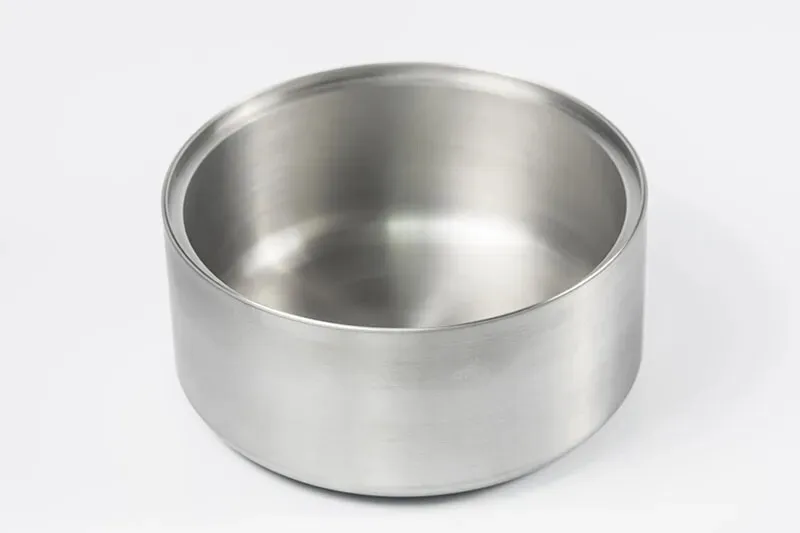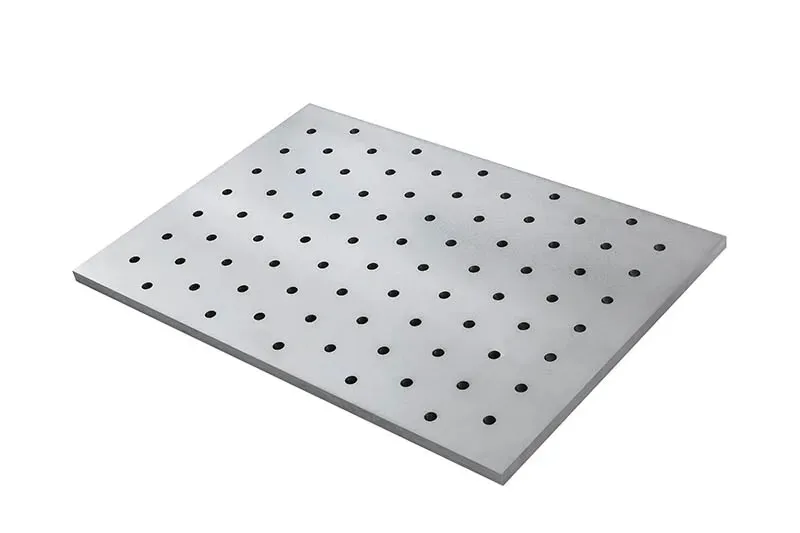Processing molybdenum metal efficiently involves several stages, from mining the ore to producing the final molybdenum metal or compounds. The key to efficiency lies in optimizing each step, especially given that molybdenum is often found in low-grade ores or as a byproduct of other metal mining (like copper).

Mineralogical Analysis: Thoroughly understanding the ore's characteristics (molybdenum grade, mineral composition, particle size distribution, and associations with other minerals like copper or pyrite) is crucial. This allows for tailoring the entire process to the specific ore type.
Crushing and Grinding: Molybdenum ores are crushed and then ground to fine particles to liberate molybdenite (MoS2) from the gangue (worthless rock).
Optimization: Determine the optimal grind size that maximizes molybdenite liberation without overgrinding, which can lead to "sliming" (producing excessively fine particles that are difficult to recover). Closed-circuit grinding systems ensure consistent particle size.
Flotation: This is the primary method for concentrating molybdenite. The finely ground ore is mixed with water and aerated. Molybdenite, being naturally hydrophobic, adheres to air bubbles and floats to the surface to form a froth, while the heavier gangue sinks.
Reagent Selection and Dosage: Using the right collectors (e.g., xanthates, dithiophosphates) and frothers is essential for effective molybdenite recovery. Depressants (e.g., sodium cyanide, sodium sulfide, sodium silicate) are used to suppress undesirable minerals like copper or iron sulfides, improving selectivity.
pH Control: Maintaining an optimal pH (typically 7.5-8.5 for molybdenum recovery) significantly impacts reagent selectivity and particle stability.
Multi-stage Flotation: Employing rougher and cleaner stages (sometimes two-stage flotation) improves the grade of the concentrate and removes impurities.
Copper-Molybdenum Separation: When molybdenum is a byproduct of copper mining, careful separation is critical. This often involves selective copper depressants or sequential flotation where molybdenum is separated after a bulk copper-molybdenum flotation.
Advanced Flotation Cells: High-performance flotation cells (e.g., column flotation or tank cells) can improve recovery and grade, especially for finer particles.
Conversion to Molybdenum Trioxide (MoO3): Molybdenite concentrate (MoS2) is roasted in multi-hearth furnaces at temperatures between 500-650°C. This converts MoS2 into roasted molybdenite (MoO3), also known as technical molybdenum oxide. The reaction is exothermic, and temperature control (e.g., with water sprays) is important to prevent MoO3 sublimation.
Sulfur Removal: Desulfurization systems (like sulfuric acid plants or lime scrubbers) remove sulfur dioxide from the roaster gases to meet environmental standards.
Further Processing of MoO3: A significant portion of technical MoO3 is further processed into ferromolybdenum or various chemical products. For pure molybdenum metal, the MoO3 undergoes further purification.
Ammonia Leaching/Wet Method: This involves dissolving the roasted concentrate in an alkaline medium (e.g., ammonium or sodium hydroxide), followed by impurity removal through precipitation, filtration, and/or solvent extraction. The resulting ammonium molybdate solution can then be crystallized or acid-precipitated.
Sublimation/Distillation: Impure MoO3 can be purified by distillation at high temperatures, sweeping sublimed vapors to be collected as pure MoO3.
Molybdenum Metal Production (Hydrogen Reduction): Pure molybdic oxide or ammonium molybdate is reduced to molybdenum metal powder using hydrogen. This typically occurs in two stages:
First stage: Reduction to MoO2 at 450-650°C.
Second stage: Reduction of MoO2 to molybdenum metal at 1,000-1,100°C.
Sometimes a three-stage process is used to avoid uncontrolled reactions and sintering.
Metal Consolidation: Due to its extremely high melting point, molybdenum powder cannot be melted into high-quality ingots by conventional methods. Electric arc melting is often used, where molybdenum powder is continuously pressed into a rod, partially sintered, and then melted in an electric arc.

Process Control and Automation:
Real-time Monitoring: Implement sensors to track key variables like ore feed grade, particle size, reagent dosage, pH, and airflow rates in flotation circuits.
Advanced Control Systems: Utilize fuzzy logic or machine learning algorithms to dynamically adjust operating parameters for optimal recovery and concentrate grade.
Equipment Improvement: Invest in modern, high-performance equipment (e.g., efficient crushing and grinding mills, advanced flotation cells, and controlled roasting furnaces).
Tailings Reprocessing: Evaluate tailings for molybdenum losses to determine if reprocessing is economically viable for recovering residual molybdenum.
Water Recycling and Chemistry Management: Optimize water chemistry in recycled water, as it can affect flotation performance.
Environmental Considerations: Modern processing methods increasingly focus on minimizing environmental impact, such as capturing sulfur dioxide emissions during roasting. Hydrometallurgical processes are gaining prominence as a more environmentally benign and energetically efficient alternative to traditional pyrometallurgical methods.
Research and Development: Continuous research into novel extraction methods, such as mechanoactivation combined with acid leaching, or improved solvent extraction and ion exchange techniques, can lead to higher recovery rates and lower costs.
By applying these strategies, molybdenum processing operations can significantly improve efficiency, reduce costs, and minimize environmental impact.
Share this page
If you have any product needs or questions, please leave us a message for consultation.
TEL: 86-18623759992
jason@bettmetal.com
Innovating Materials
for a Brighter Future